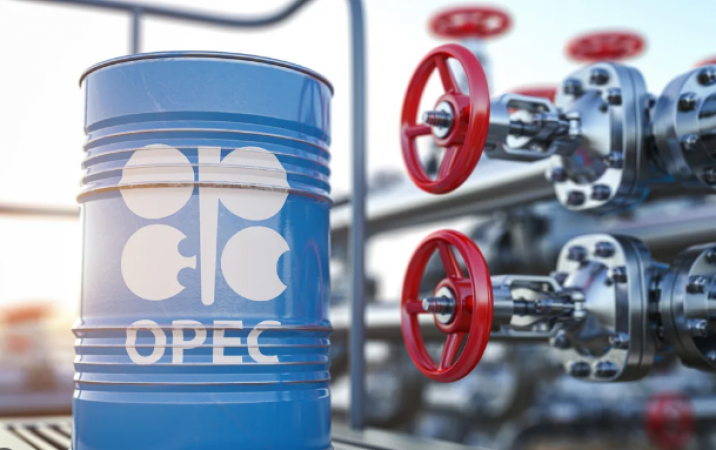
Riyadh: The Organisation of the Petroleum Exporting Countries (OPEC) and its allies, also referred to as OPEC+, have historically been essential to the distribution of crude oil around the world and the stability of the market.
However, they have faced numerous difficulties in recent years that have seriously hindered their ability to distribute crude oil effectively. We will examine the causes of OPEC+'s difficulties with crude oil distribution in this article.
1. Geopolitical Conflicts: Geopolitical conflicts in key oil-producing regions have had a profound impact on OPEC+'s ability to distribute crude oil. Disputes, such as the ongoing tensions in the Middle East, have disrupted production and transportation infrastructure, making it difficult to ensure a smooth flow of oil. Political rivalries, territorial disputes, and sanctions on certain oil-producing countries have all contributed to the challenges faced by OPEC+.
Also Read: Petroleum Minister Hardeep Puri made a big statement about the prices of petrol and diesel
2. Shifting Global Energy Landscape: The global energy landscape is undergoing a transformation with the rise of renewable energy sources and increasing concerns about climate change. This transition has led to a decrease in demand for fossil fuels, including crude oil. As a result, OPEC+ member countries are grappling with the need to adapt to changing market dynamics and find new avenues for crude oil distribution. The decline in demand has put downward pressure on prices, making it harder for OPEC+ to maintain revenue levels.
3. Non-OPEC Oil Production: Non-OPEC countries, particularly the United States, have witnessed a significant increase in oil production in recent years. Advancements in extraction technologies, such as shale oil and fracking, have allowed these countries to boost their domestic production and reduce their reliance on OPEC+ for crude oil. This surge in non-OPEC production has created a more competitive market environment, challenging OPEC+'s traditional dominance in oil distribution.
Also Read: Ambitious Plans by e-Sprinto to Sell 10,000 Eco-Friendly Electric Wheelers
4. Compliance with Production Quotas: OPEC+ has implemented production quotas to manage oil supply and stabilize prices. However, ensuring compliance with these quotas among member countries has been a persistent challenge. Some countries have been unable or unwilling to adhere to their assigned production limits, leading to imbalances in supply and demand. Non-compliance undermines the effectiveness of OPEC+'s efforts to control the market, resulting in instability and volatility in crude oil distribution.
5. COVID-19 Pandemic: The COVID-19 pandemic has had a profound impact on global oil demand and distribution. Lockdowns, travel restrictions, and reduced economic activity have caused a sharp decline in oil consumption. OPEC+ has struggled to adapt to this sudden drop in demand, leading to a surplus of oil and an oversupplied market. Efforts to cut production and stabilize prices have faced challenges due to differing viewpoints among member countries, further exacerbating the distribution issues.
The distribution of crude oil presents OPEC+ with a wide range of difficulties, including geopolitical tensions, shifting market dynamics, and compliance problems. These difficulties have become even more complex as a result of the COVID-19 pandemic and the changing global energy landscape.
Also Read: Plan launched by the US and UK to exclude Russia from the nuclear energy market
It will take proactive measures, improved member country cooperation, and a strategic outlook to adjust to shifting market conditions to overcome these obstacles. By addressing these problems, OPEC+ can strengthen its influence on the world oil market and guarantee more reliable and efficient distribution of crude oil in the future.